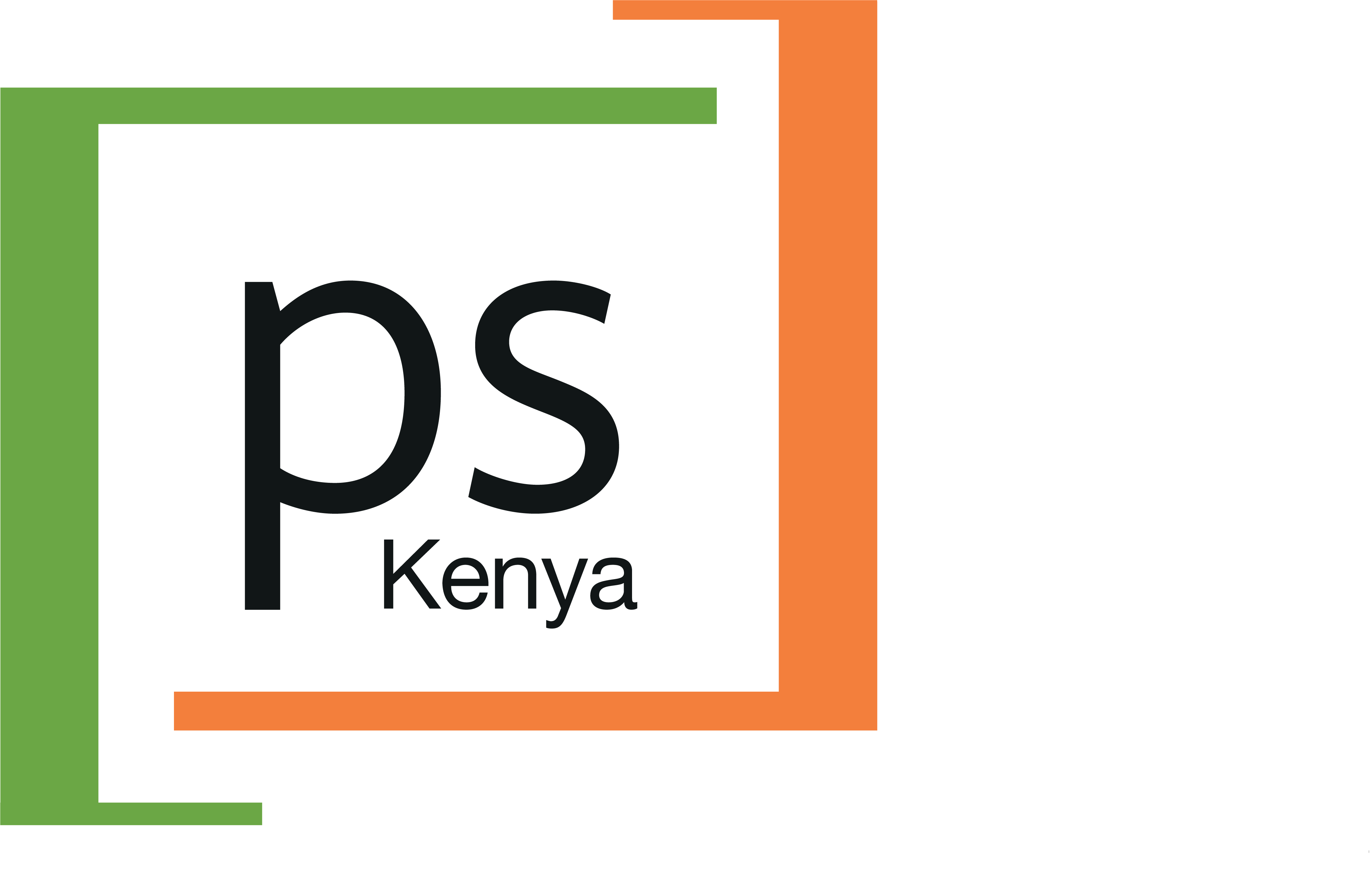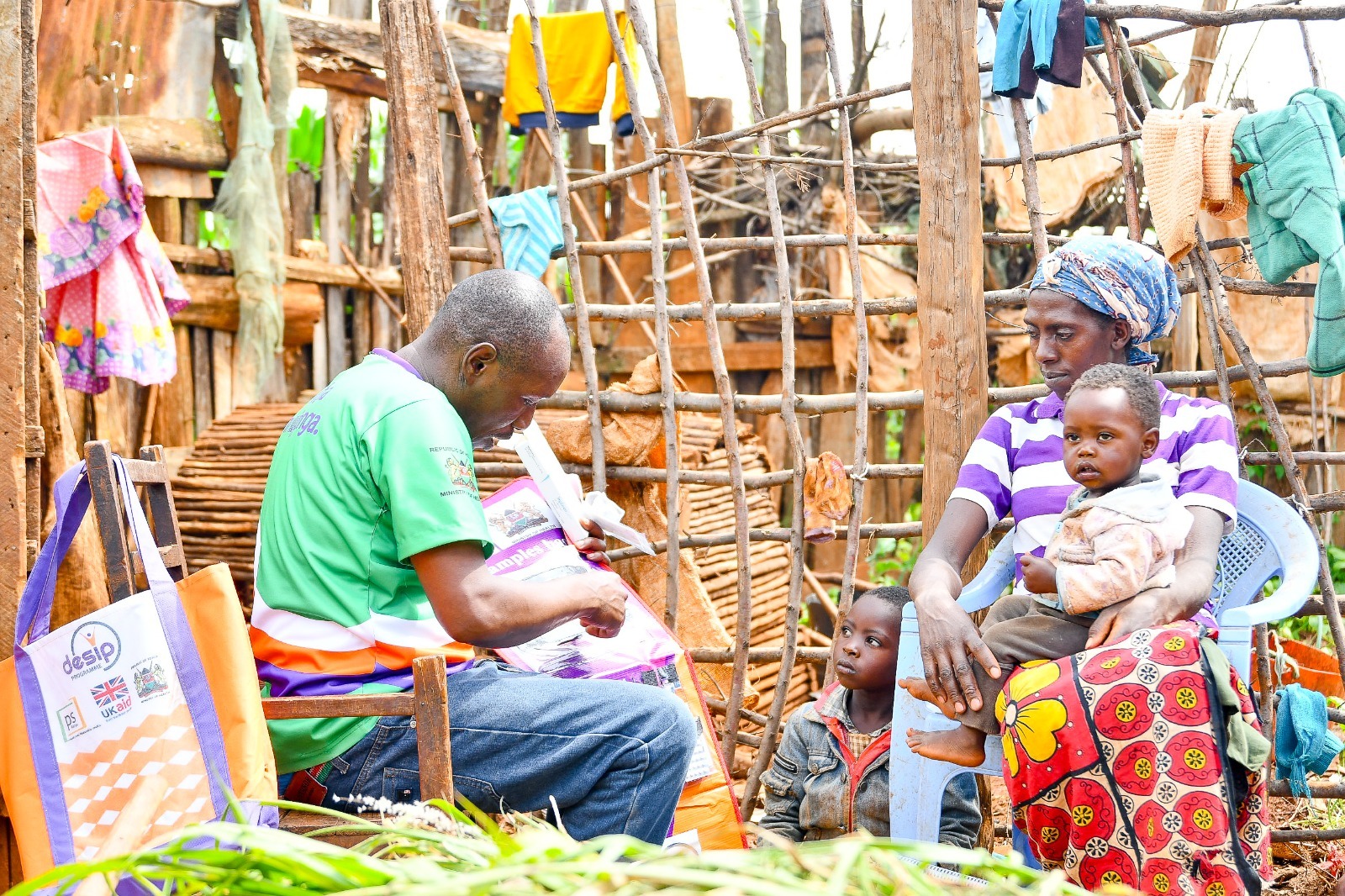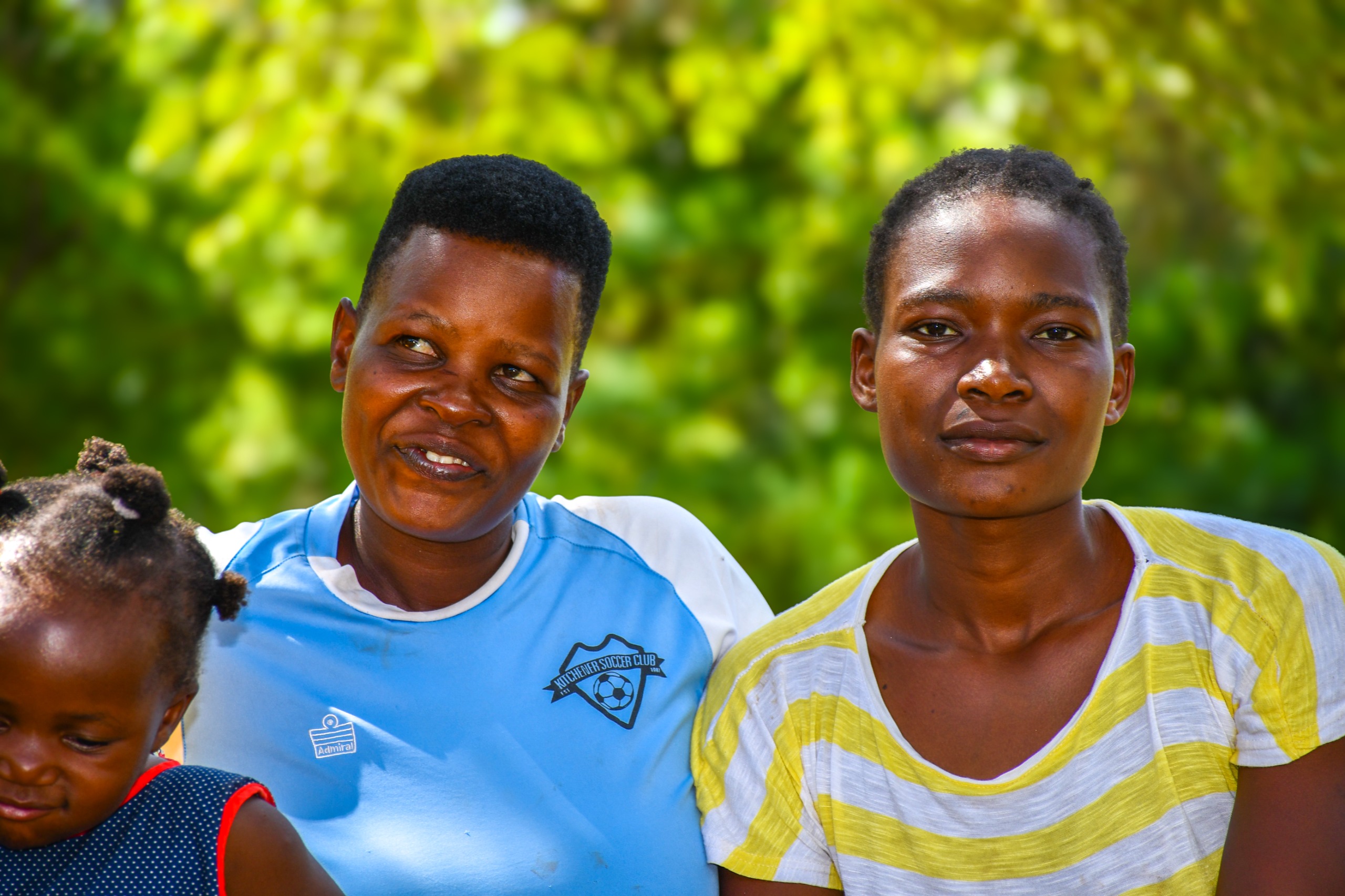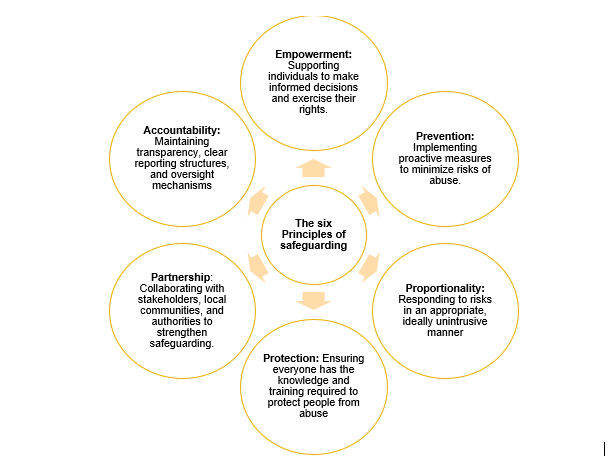Tuberculosis, also known as TB, is a disease that dates back to centuries ago and transcends geographical boundaries and socioeconomic disparities, earning its reputation as one of the world’s deadliest and most infectious diseases. In the year 2022, the World Health Organization (WHO) reported the emergence of 10 million TB cases and 1.6 million TB-related deaths worldwide.
Kenya is not immune to the global threat as in the year 2022, the country faced an alarming reality as the reported cases of TB surged to 90,841, marking a substantial rise from the 77,854 cases reported in 2021. The rise in TB cases was a consequence of the disruptions caused by the COVID-19 pandemic due to the diversion of resources, medical personnel and infrastructure away from routine healthcare services causing a delay in TB diagnosis.
Population Services Kenya (PS Kenya) implemented the TB Reach Wave 9 project in the high TB burden counties of Nairobi and Mombasa, as a grant from the STOP TB Partnership from September 2021 to August 2023, in partnership with the National TB program and the respective county governments. The goal of the program was the optimization of the quality of care for optimal adherence to Drug Resistance Tuberculosis (DR-TB) treatment, in order to improve treatment outcomes in the two counties. As of August 2023, the project had enrolled a total of 304 patients with 190 hailing from Nairobi and 114 from Mombasa surpassing the target of 202 patients.
DR-TB is a form of TB that is characterized by resistance to one or more of the primary drugs used to treat the disease. Depending on the level of infection, DR-TB can be managed through various models; isolation, for severely ill patients, health facility management, or community-based management, with the treatment taking between a period of 18 months depending on the form of resistance.
In order to achieve its goal, PS Kenya developed three intervention approaches to support DR-TB patients across the two counties, that is:
- Enhancing DR-TB patient appointment management with a “buddy system” involving healthcare workers and adherence counselors.
- Elevating DR-TB patient care quality with a patient-centered approach and socioeconomic support systems.
- Advocating and raising awareness for DR-TB management and services
Adherence counselors were engaged to support the patients during their treatment journey by providing guidance and emotional support that helps the patients understand the importance of taking their medicine consistently and correctly. This method increases the likelihood of treatment success and reduces the risk of further drug resistance. The socio-economic support aspect was brought in through PS Kenya’s funding of various income-generating activities done by the patients after they lost their jobs due to the disease. This method included training the patients on economic entrepreneurship and providing the required seed money to start the business. The top performing businesses included a carwash, a poultry farm, and a hotel. The patients also formed support groups where they were able to give each other psychological support by sharing their experiences, fears and anxieties.
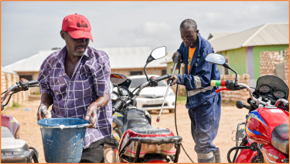
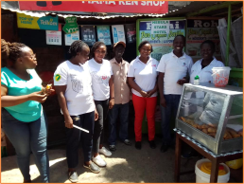
The achievement of the remarkable Treatment Success Rate (TSR) under the TB Reach Wave 9 project can be attributed to the invaluable psychosocial support provided through support groups and home visits. Initially beginning with a TSR of 75% in Mombasa County and aiming for 85%, the project exceeded expectations by concluding with an outstanding TSR of 97%. Likewise, in Nairobi county, surpassing the 85% target, the project achieved an impressive TSR of 93%. These exceptional outcomes combined to yield a total treatment success rate of 94%, significantly surpassing the initially promised outcome of 85%.
As we reflect on the progress made in addressing TB burden in Kenya, we must recognize the significance of collaborative efforts and innovative interventions. The TB Reach Wave 9 project serves as an example in the battle against this relentless disease, demonstrating that with dedication, compassion, and strategic planning, we can overcome even the most formidable health challenges. However, it also highlights the ongoing need for continued investment and commitment to the fight against TB, both in Kenya and worldwide, as we strive to reduce its impact and ultimately eliminate it as a global health threat.
